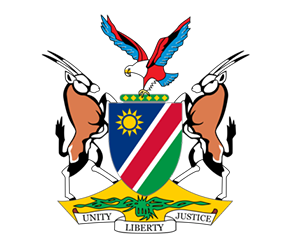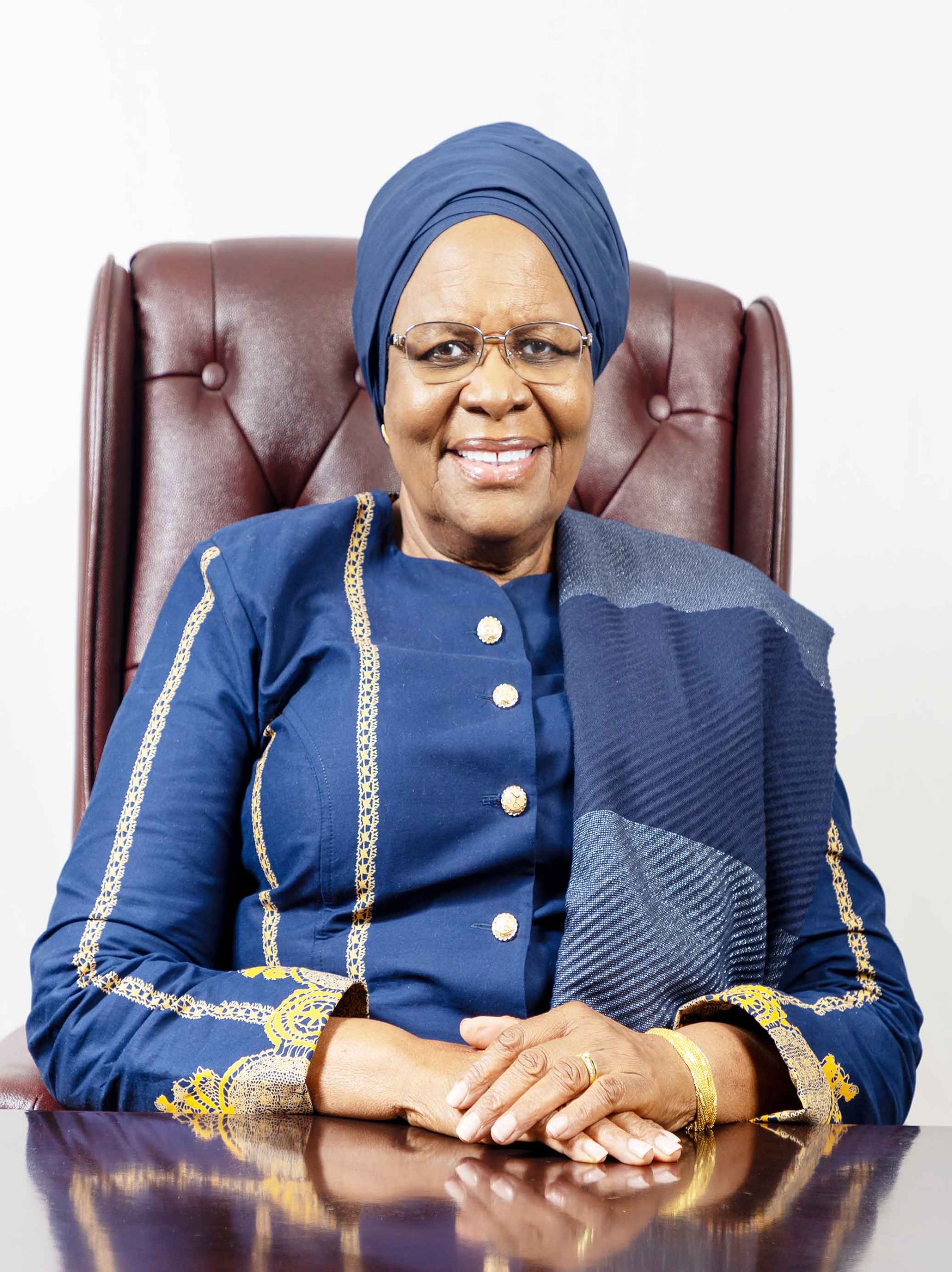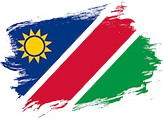Introduction
Namibia has an area of 824,292 km2 and is the second least densely populated country with 2.7 inhabitants per square km. It share boarders with Angola in the north, Zambia in the north-east, Botswana in the east and South Africa in the south. The Atlantic lies along its western coast.
Namibia gained independence from South Africa on 21 March 1990 after a long liberation struggle. Prior to independence, Namibia was a colony of Germany between 1884 and 1915. In 1920 South Africa was granted authority by the league of National to administer Namibia and the country was considered the fifth province of South Africa, previously referred to as South West Africa. After independence, Namibia adopted a multi-party democratic state that hold presidential and local government elections every after five years, led by a President elected for two five year terms. Government is divided in three tiers namely the executive, legislative and judiciary.
Namibia is member of United Nations (UN), the Southern Africa Development Community (SADC), the African Union (AU), and the Commonwealth of Nations.
| Official Name | Republic of Namibia |
|---|---|
| Capital | Windhoek |
| Official Language | English |
Government  | Multi-party constitutional democracy |
President  | President H.E. Netumbo Nandi-Ndaitwah |
Independence  | 21 March 1990 |
| Population (latest available) | 2.5 Million (estimate 2018) |
| GDP (latest available) | N$20,524 Billion |
| GDP per Capita (latest available) | US$6.990 |
| Currency | Namibia Dollar (N$) = 100 cents |
| Time Zone | GMT+0200 hr |
| Dialing code | +264 |
| Internet au | .na |

